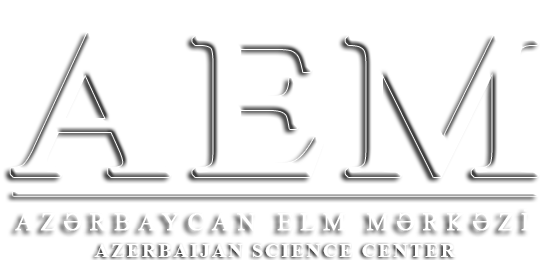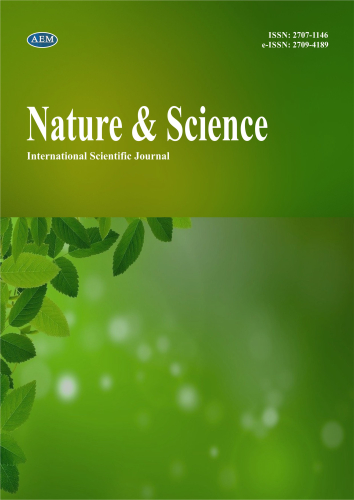DOI: https://doi.org/10.36719/2707-1146/32/50-59
Aynur Məmmədova
Bakı Dövlət Universiteti
magistrant
ABŞERON RAYONU ZEYTUNALTI SUVARILAN BOZ-QONUR TORPAQLARIN MÜNBİTLİK MODELİ
Xülasə
Abşeron rayonunun coğrafi mövqeyi, relyefi, iqlimi, hidroqrafiyası, bitki örtüyü haqqında məlumat verilmişdir. Zığ qəsəbəsindəki zeytunaltı torpaqlardan 3 kəsim götürülmüşdür. Bu torpaq nümunələri Torpaqşünaslıq və Aqrokimya İnsitutunda analiz olunmuşdur. Bu torpaqlarda münbitliyin əsas göstəriciləri – humus, ümumi azot, mütəhərrik fosfor, mübadiləvi kalium, qranulometrik tərkib, pH və udulmuş əsasların miqdarı müəyyən edilmişdir. Sonra həm torpağın fiziki, fiziki-kimyəvi və kimyəvi xassələri haqqında məlumatlar toplanmış, onların əsasında zeytunaltı torpaqların münbitlik modelləri tərtib edilmişdir. Bu analizlərin nəticələri münbitlik modelinin bloklarında əks olunmuşdur.
Monitorinq nəticəsində müəyyən olunmuşdur ki, 1994-2022-ci illər ərzində bu torpaqlarda humus 0,1 %, humus ehtiyatı 0,1 t/hektar, ümumi fosfor 0,01 %, ümumi kalium 0,21 %, udulmuş əsasların cəmi 0,2 mq.ekv, məsaməlik 2 %, N/NH4 0,3 mq/kq, <0,01 mm 1,2 %, >0,25 mm 1%, CO2 0,03 % azalmış, ümumi azot 0,01 %, pH 0,1; hiqroskopik nəmlik 0,02 %, sıxlıq 0,03 q/sm3, N/NO3 0,2 mq/kq artmışdır. Bu torpaqların idarə edilməsi üçün tədbirlər sistemi hazırlanmışdır.
Açar sözlər: suvarılan boz-qonur torpaqlar, humus, azot, relyef, bonitet bal, udulmuş əsasların cəmi, münbitlik modeli
Aynur Mammadova
Baku State University
master student
aynur.mamedova.am7@gmail.com
Fertility model of under olive irrigated grey-brown soils of Absheron region
Abstract
Information about the geographical position, relief, climate, hydrography, vegetation of Absheron region is provided. 3 soil pieces were taken from under olive lands in Zigh settlement. These soil samples were analyzed at the Institute of Soil Science and Agrochemistry. The main indicators of fertility in these soils - humus, total nitrogen, active phosphorus, exchangeable potassium, granulometric content, pH and amount of absorbed bases were determined. Then, data on the physical, physico-chemical and chemical properties of the soil were collected, and fertility models of under olive soils were compiled based on them. The results of these analyzes are reflected in the blocks of the fertility model.
It was determined that as a result of monitoring, during the years 1994-2022, humus in these soils was 0.1%, humus reserve was 0.1 t/hectare, total phosphorus was 0.01%, total potassium was 0.21%, total absorbed bases were 0.2 mg/eq, porosity 2 %, N/NH4 0.3 mg/kg, <0.01 mm 1.2 %, >0.25 mm 1%, CO2 0.03 % reduced, total nitrogen 0.01 %, pH 0.1; hygroscopic moisture increased by 0.02%, density by 0.03 g/cm3, N/NO3 by 0.2 mg/kg. A system of measures has been developed for the management of these lands.
Keywords: irrigated grey-brown soils, humus, nitrogen, relief, bonitet score, sum of absorbed bases, fertility model

